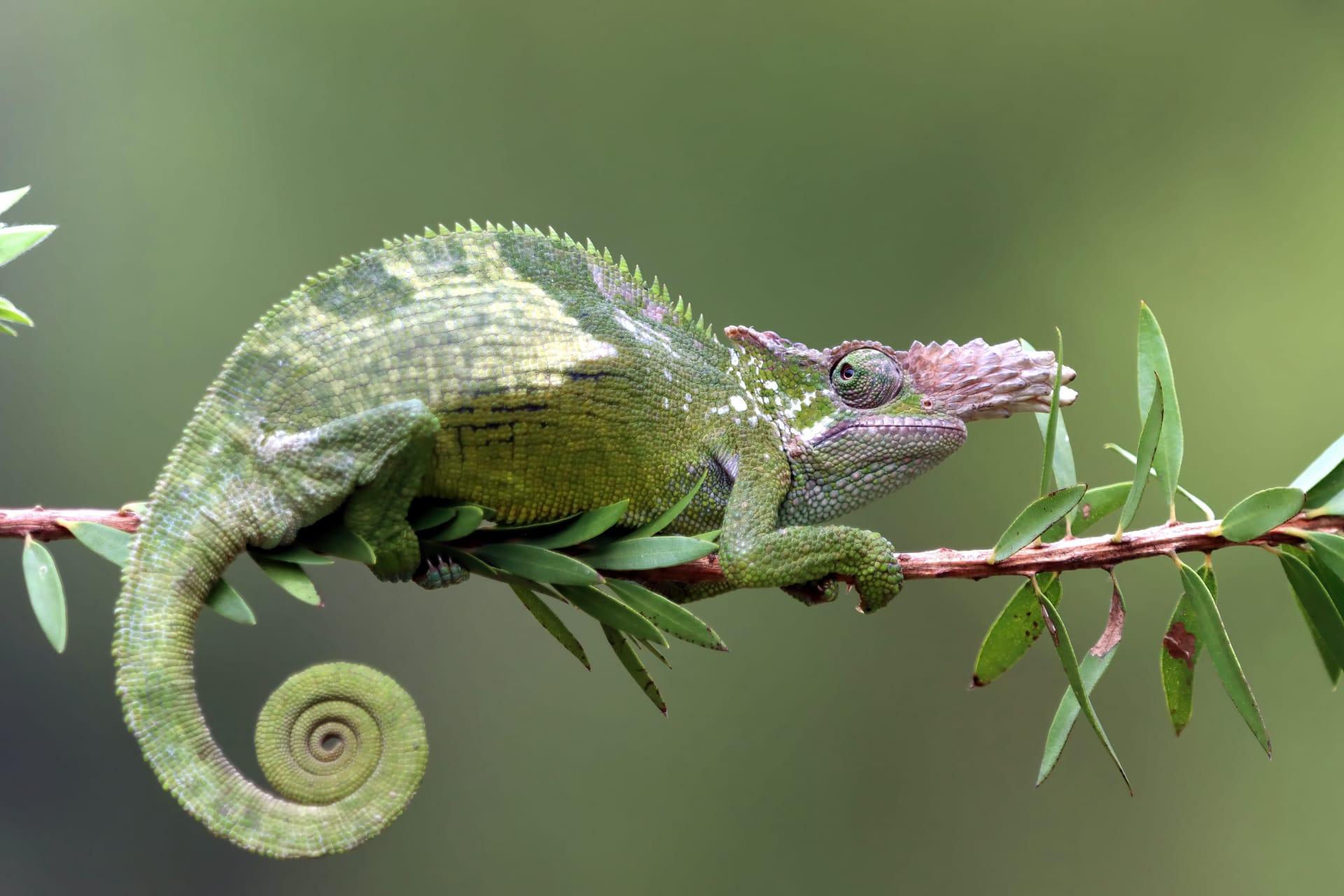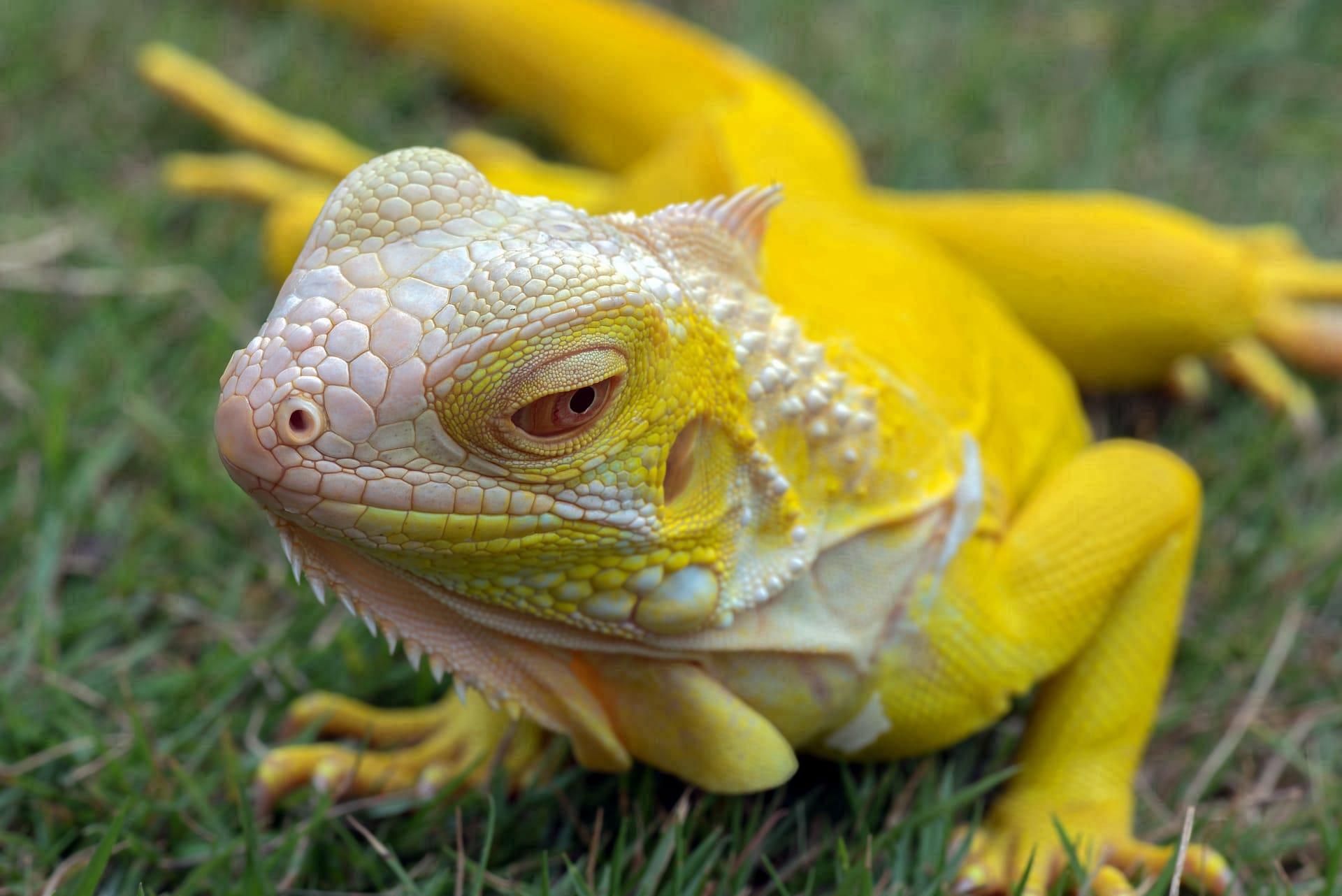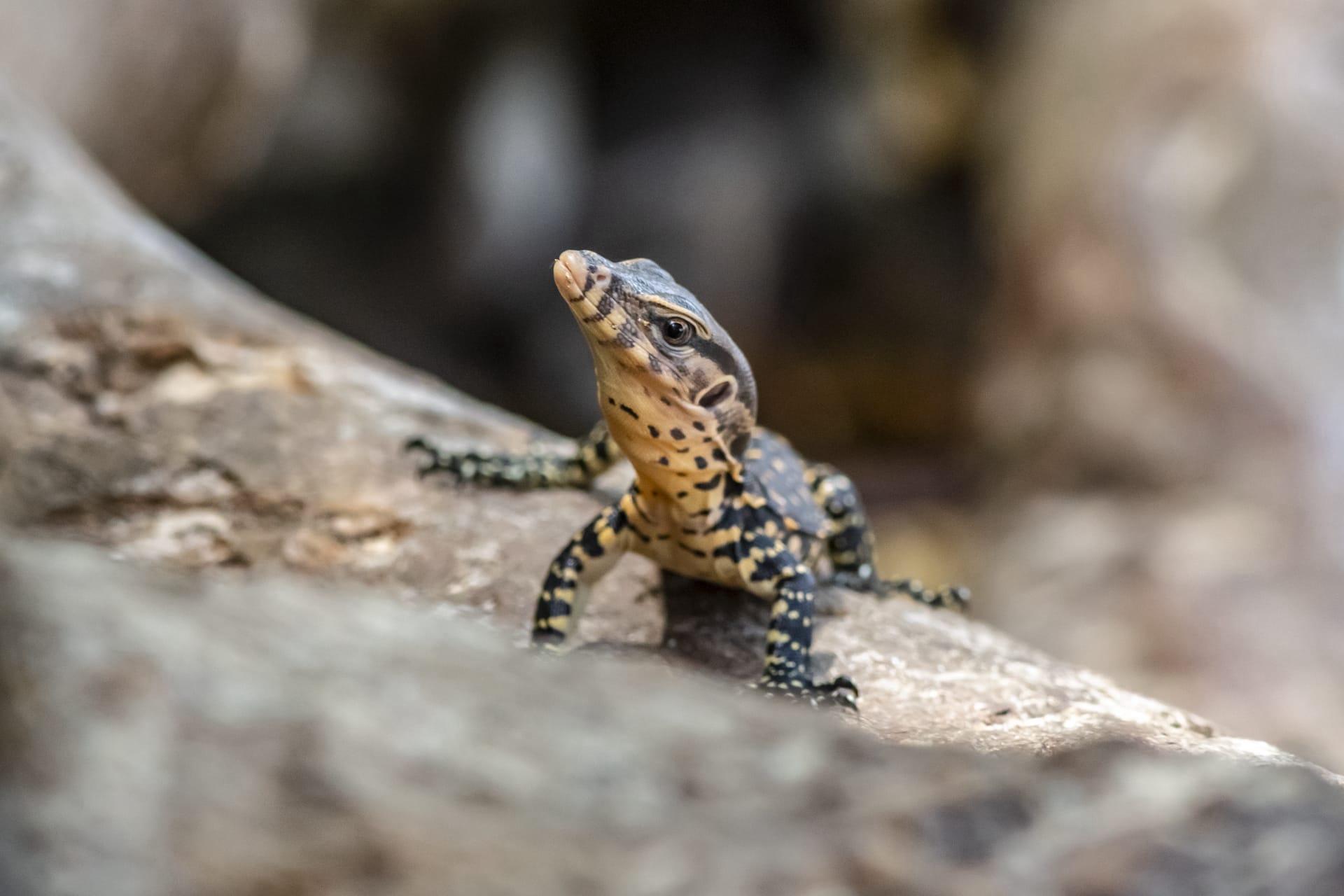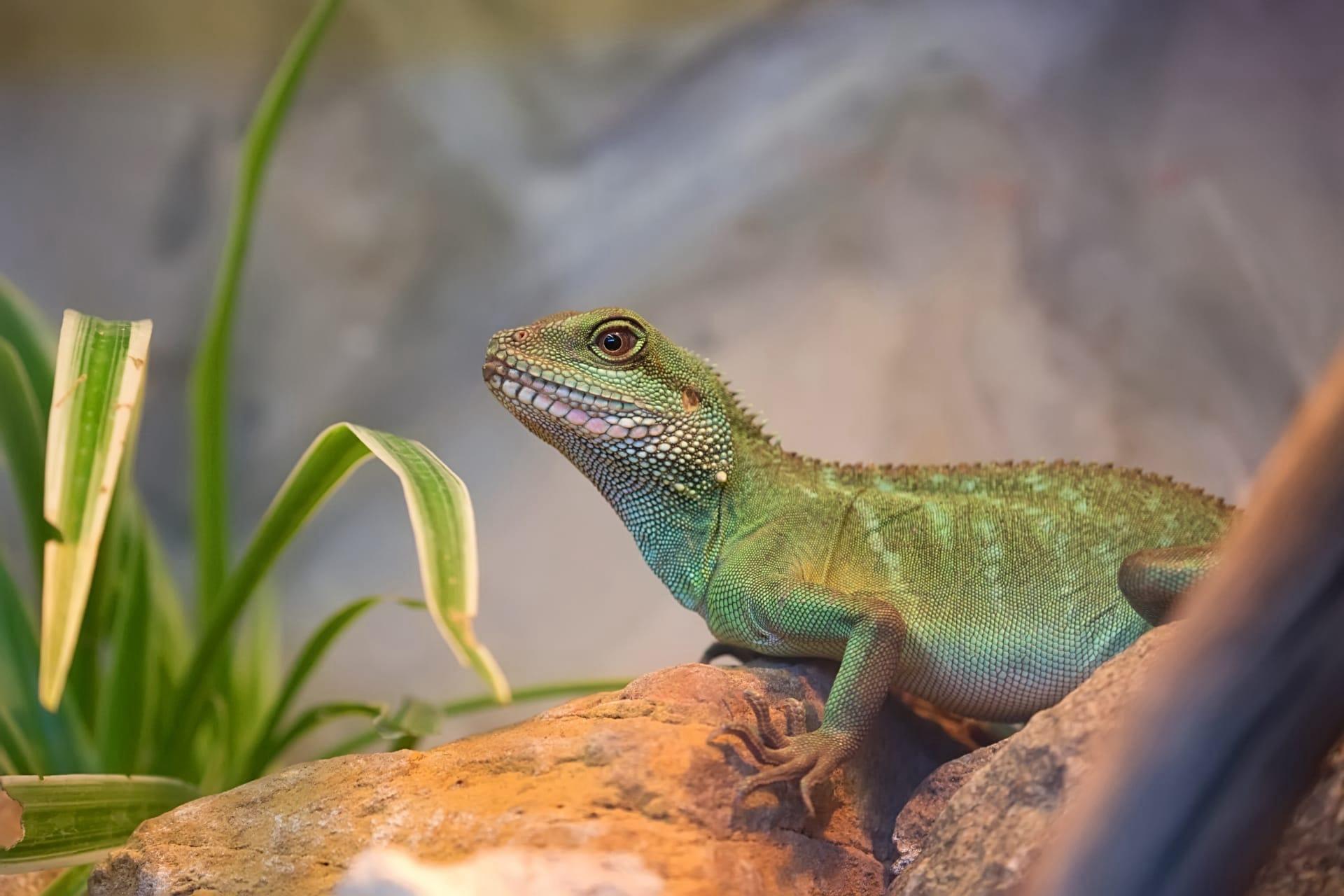1
Lizards, fascinating creatures they are, possess a unique defense mechanism known as autotomy. This process allows a lizard to voluntarily detach its tail when threatened by a predator. What's truly remarkable is the tail continues to wiggle for minutes after detachment, distracting the predator and giving the lizard a chance to escape. This tail loss isn't a small ordeal; it can account for up to 9% of a lizard's total energy reserve, essential for its survival. But don't worry about the lizard! It has the ability to regenerate its tail, although the new one might be shorter and differ in color and texture from the original. This regeneration process is a complex biological feat, involving the growth of new tissues, muscles, and even spinal cord segments, which can take several months.
Another intriguing aspect of lizards is their varied diet, which reflects their adaptability in different environments. Most lizards are insectivores, feasting on insects like ants, flies, and beetles. However, some larger species, like the Komodo Dragon, are carnivorous and can hunt and consume larger prey, including birds and small mammals. The Komodo Dragon, the largest lizard species, can grow up to 10 feet in length and weigh as much as 150 kilograms. Their diet is not just about size; it also includes a fascinating hunting strategy. They have a venomous bite, which helps them subdue their prey. This venom is a complex cocktail of proteins that prevents blood clotting and lowers blood pressure, leading to shock in their prey. This hunting strategy is quite rare among lizards, making the Komodo Dragon an exceptional member of the lizard family.

2
Ever heard of a lizard that can walk on water? Meet the Basilisk Lizard, also known as the "Jesus Christ Lizard" for its ability to run across water surfaces. This incredible ability is thanks to the unique structure of their feet, which have fringes of skin that unfurl in the water, increasing surface area and creating air pockets that prevent them from sinking. When sprinting at a speed of about 5 feet per second, they can cover a distance of up to 15 feet before they need to swim. This adaptation is not just for show; it's a vital escape mechanism from predators. The Basilisk Lizard, found in Central and South America, can also be an adept climber and swimmer, showcasing their versatility in different terrains.
Temperature regulation is a critical aspect of a lizard's life, as they are ectothermic animals. This means they cannot generate their own body heat and must rely on external sources to maintain their body temperature. You'll often see lizards basking in the sun to absorb heat and increase their body temperature. This basking is more than just a sunbath; it's essential for their survival. It aids in digestion, movement, and overall physiological functions. Different species of lizards have different preferred body temperatures, typically ranging from 24 to 35 degrees Celsius (75 to 95 degrees Fahrenheit). If the temperature drops too low, lizards become sluggish and may find it difficult to hunt or evade predators. On the flip side, if it gets too hot, they may seek shade or burrow into cooler ground to prevent overheating.

3
Lizards have a range of sensory abilities that are crucial for their survival. One of the most notable is their keen vision. Many lizard species have excellent eyesight, which is vital for hunting and navigating their environment. For instance, chameleons can move their eyes independently, allowing them to look in two different directions at once – a handy trick for spotting prey and watching out for predators simultaneously. Their eyes can also zoom in on distant objects, much like a camera lens, giving them a significant advantage in hunting.
Their ability to communicate through body color is another fascinating aspect of lizard behavior. Chameleons are famous for this, but they're not the only ones who change colors. Many lizard species can alter their skin color for various reasons, such as temperature regulation, communication, and camouflage. For example, the Anole lizards found in the southeastern United States can change from green to brown, helping them blend into their environment and avoid predators. This color change is not just a simple trick; it's a complex process involving hormones, mood, health, and external conditions like light and temperature.

4
Lizards have a unique reproductive strategy known as parthenogenesis, where certain species can reproduce without mating. This means that the females can produce offspring without the genetic contribution of a male. An example of this is the New Mexico Whiptail lizard, which is entirely female. These lizards lay eggs that develop into clones of the mother. Parthenogenesis is an efficient reproductive strategy, especially in environments where males are scarce or absent. It's a fascinating example of how species can adapt their reproductive strategies to ensure survival.
Did you know some lizards have a third eye? Yes, you heard that right! It's called the parietal eye, located on the top of their heads, and while it's not as visually capable as their primary eyes, it plays a crucial role in regulating circadian rhythms and hormone production related to seasonal changes. The parietal eye is sensitive to light and helps these reptiles understand the length of day and night, which is vital for their survival, especially in terms of reproduction and behavior. It's a remarkable adaptation that highlights the intricate relationship between these creatures and their environment.

5
Lizards exhibit fascinating social behaviors, one of which is the "push-up" display seen in many species. This behavior involves a lizard pushing up its body with its legs repeatedly. While it might look like a mini workout session, it's actually a form of communication. Lizards use these push-ups to establish territory, attract mates, and warn off rivals. The frequency, intensity, and duration of these push-ups can vary, conveying different messages to other lizards. This form of communication is crucial in their social interactions and helps maintain the balance within their communities.
Let's talk about the remarkable diversity of the lizard family. There are over 6,000 species of lizards, ranging in size from the tiny Jaragua Sphaero, which can be as small as 16 millimeters (about the size of a dime), to the aforementioned Komodo Dragon, the largest of them all. Their habitats are equally diverse, spanning deserts, rainforests, mountains, and grasslands across the globe. This incredible diversity not only showcases their adaptability but also their evolutionary success. From the color-changing chameleons to the water-walking Basilisk lizards, the world of lizards is filled with extraordinary creatures that continue to fascinate scientists and nature lovers alike.